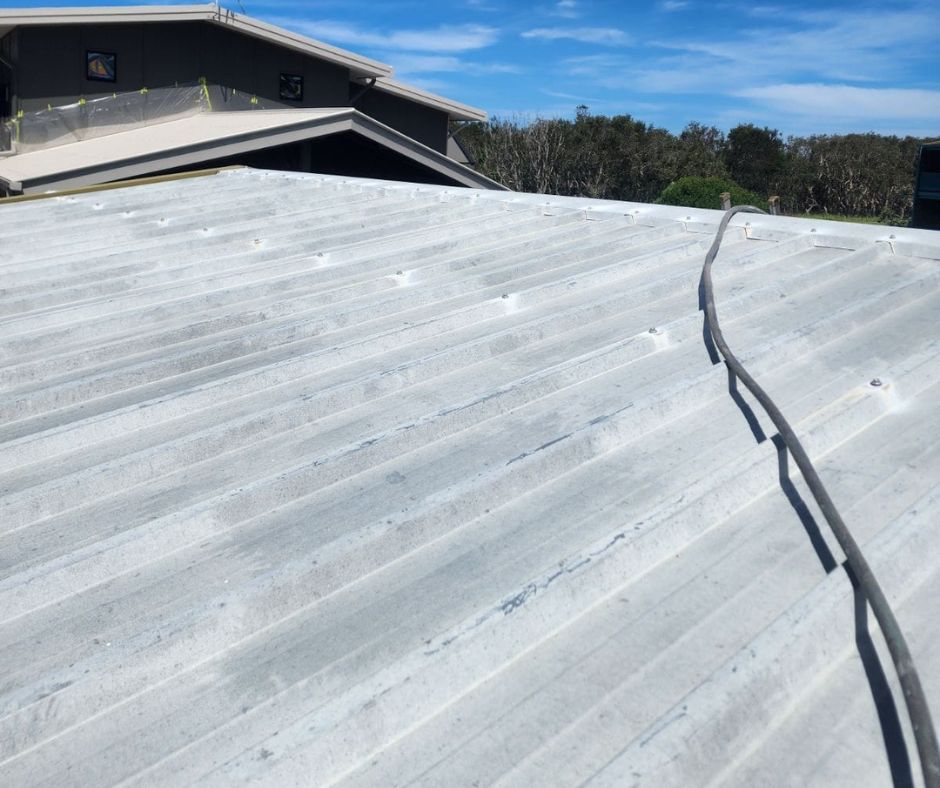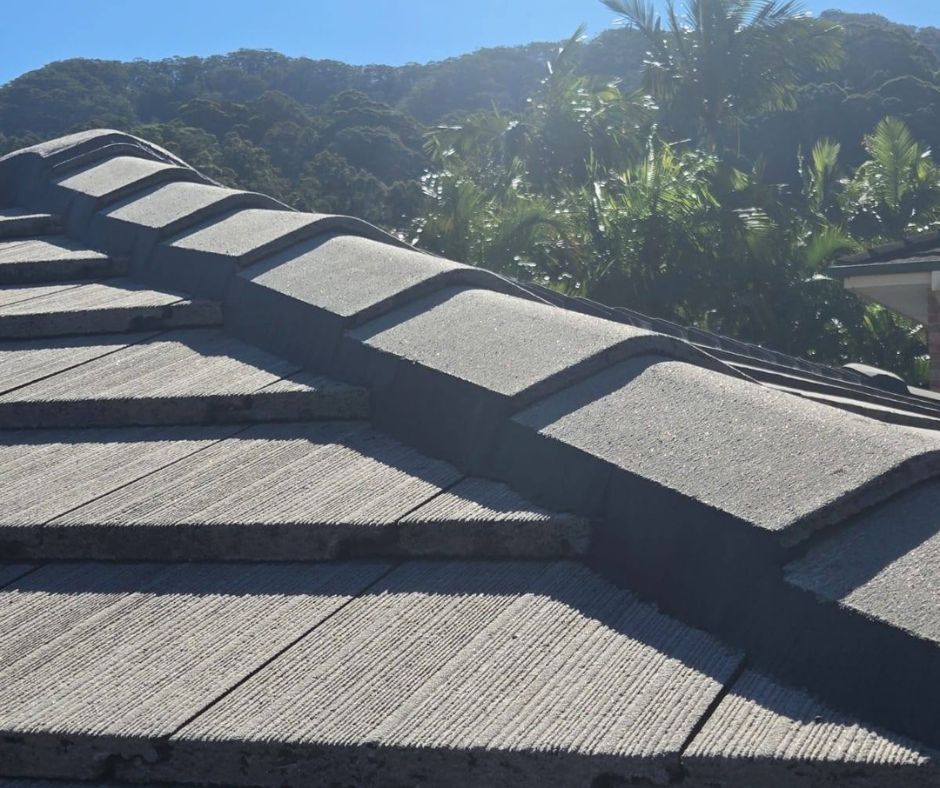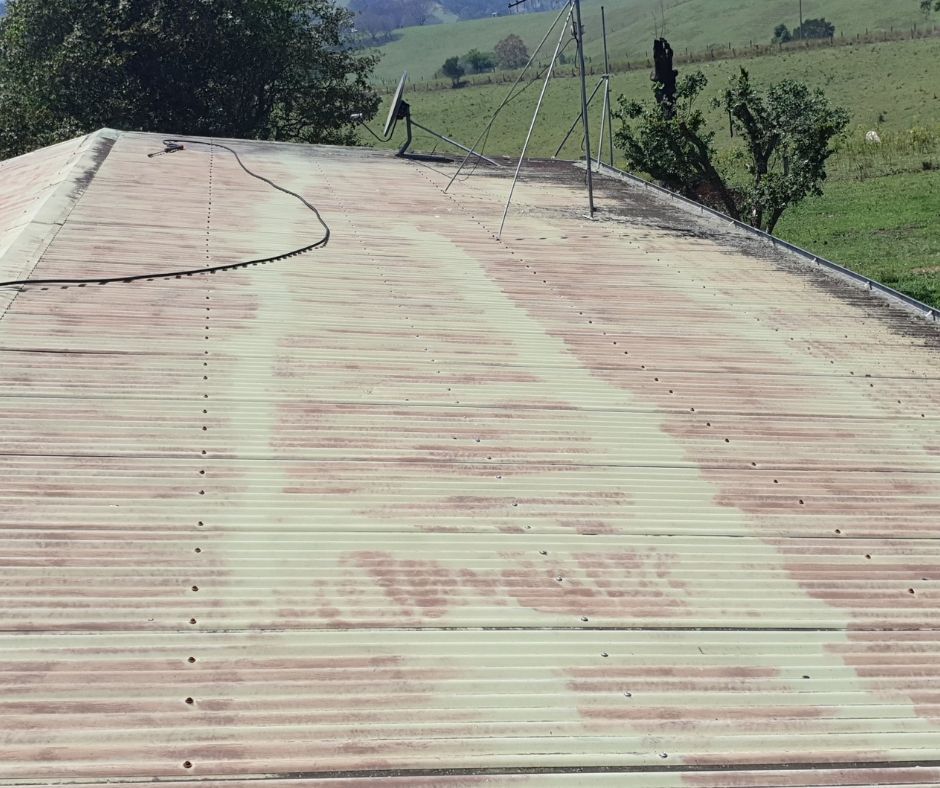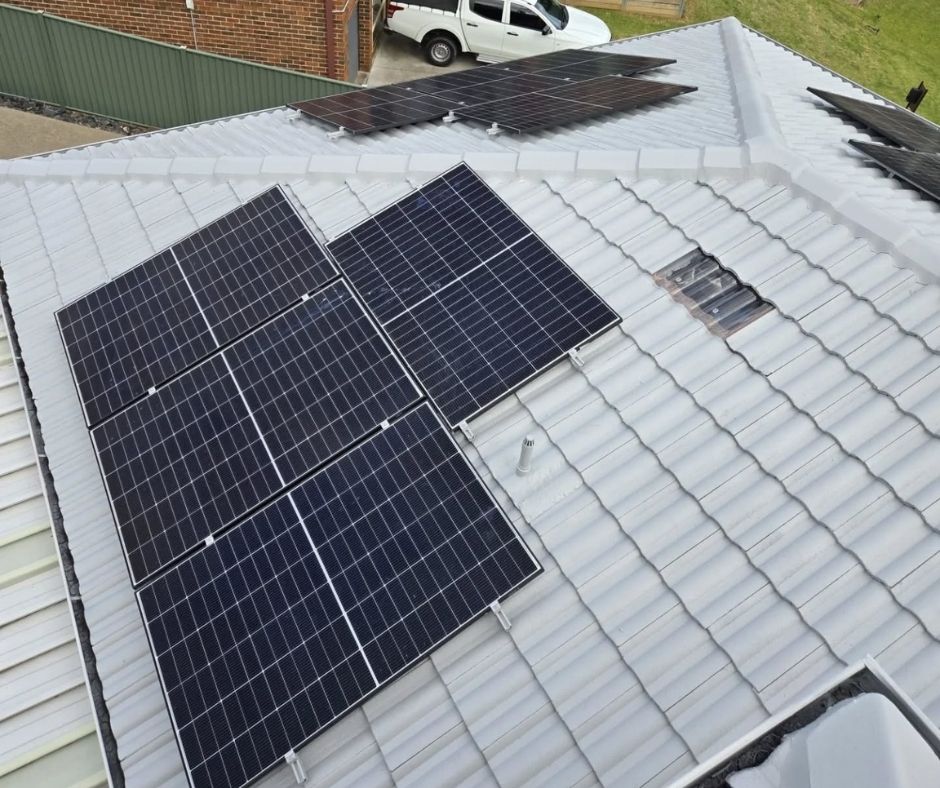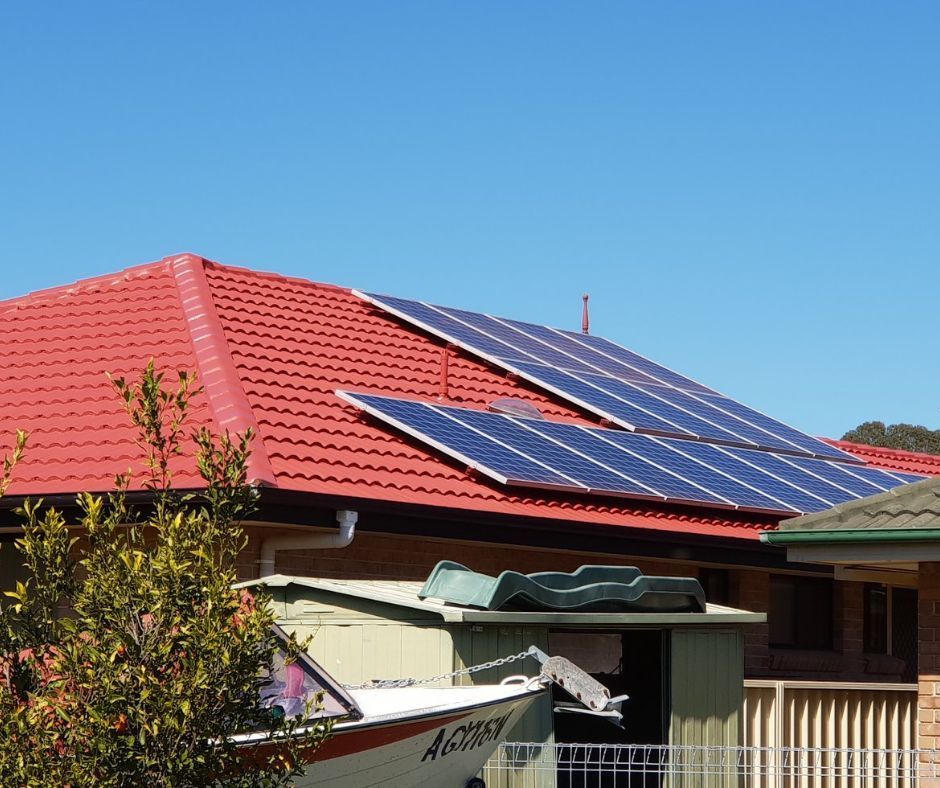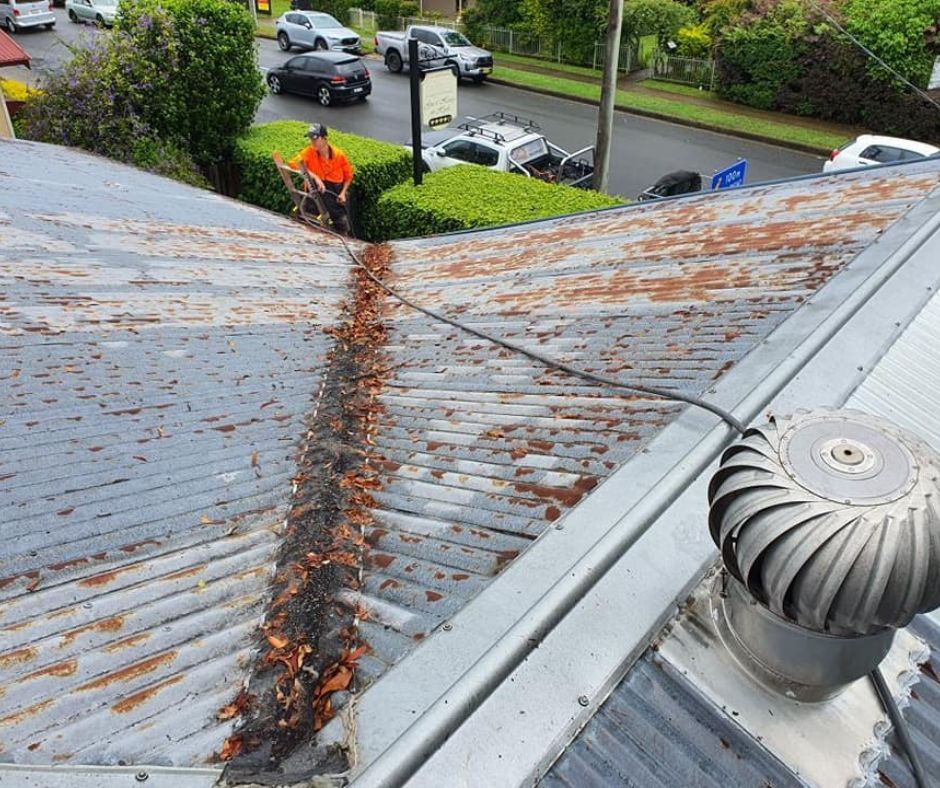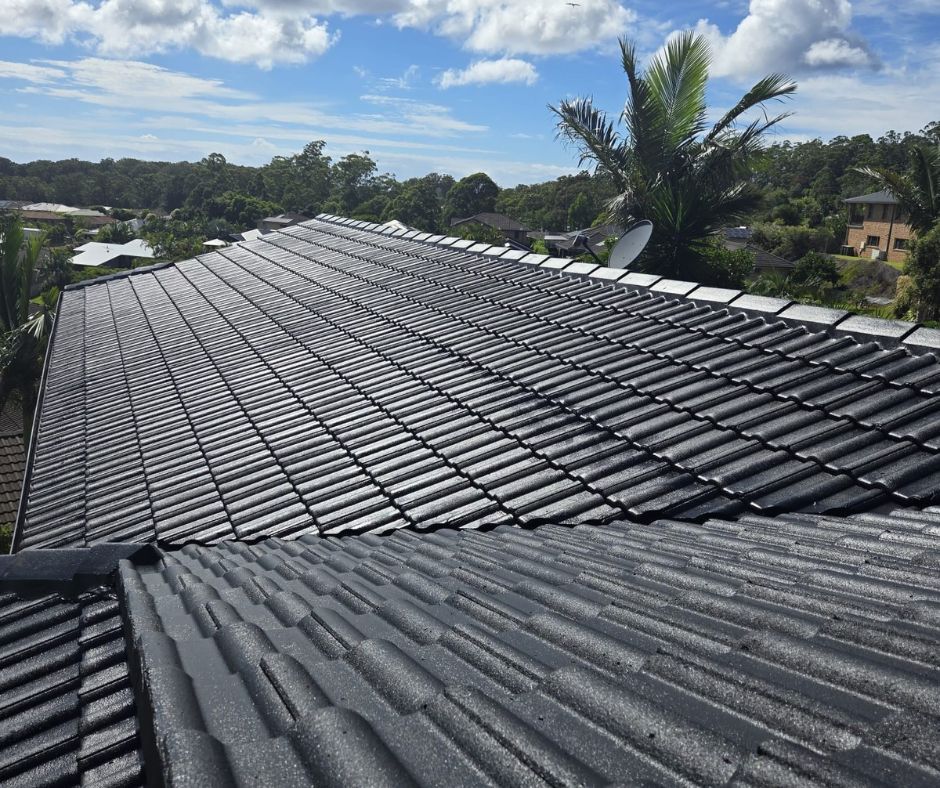Blog
Australia is no stranger to wild weather. When storms roll in, it is usually the roof that takes the blow. From strong winds to heavy rain and hail, storm-related damage can lead to costly repairs if left unchecked. For many homeowners, it’s a stressful time, especially when the damage isn’t immediately obvious.
If your roof has been hit by a storm, acting fast is very important. Ignoring the roof storm damage can result in leaks, mould growth and even structural issues. In this guide, we’ll walk you through the common roof damage, tips to prevent it and what to do in case of storm damage.
Roof Damage from Storm
Storms can cause serious harm to roofs, even if the damage isn’t immediately visible. Strong winds can loosen or damage tiles, hail can crack roofing materials and heavy rain can lead to water pooling and leaks. Flying debris, like tree branches, can also puncture the roof, causing long-term issues.
Leaving storm-damaged roofs untreated can lead to bigger problems and expensive repairs. That’s why checking for storm damage to the roof and taking action quickly is necessary.
Storm Damage to Roof: What You Need to Do
Here are steps on what to do next after a storm:
Check Your Safety First
Before inspecting your roof, make sure it’s safe to go outside. Avoid standing near damaged areas, especially if there are loose tiles or debris. If power lines are down or major damage is visible, stay clear and call emergency services.
Assess and Document the Damage
Once it's safe, check for visible damage. Look for missing tiles, dents, leaks or debris on the roof. Take clear photos and notes, this will help with insurance claims and when speaking to a roofer.
Contact Your Insurance Company
Report the damage to your insurance company as soon as possible. Provide photos and details to support your claim. They’ll guide you through the process and may send an assessor to inspect the damage.
Call a Trusted Roofer for Inspection
Have your roof inspected when a storm hits. A professional roofer can properly assess your roof and spot damage that might not be obvious. They’ll recommend the best course of action, whether it’s minor repairs or a full restoration.
Emergency Repairs
If your roof is leaking or badly damaged, don’t wait. Quick fixes like temporary coverings or sealing leaks can prevent further damage. A roofing expert can handle emergency repairs to protect your home until a full restoration can be done.
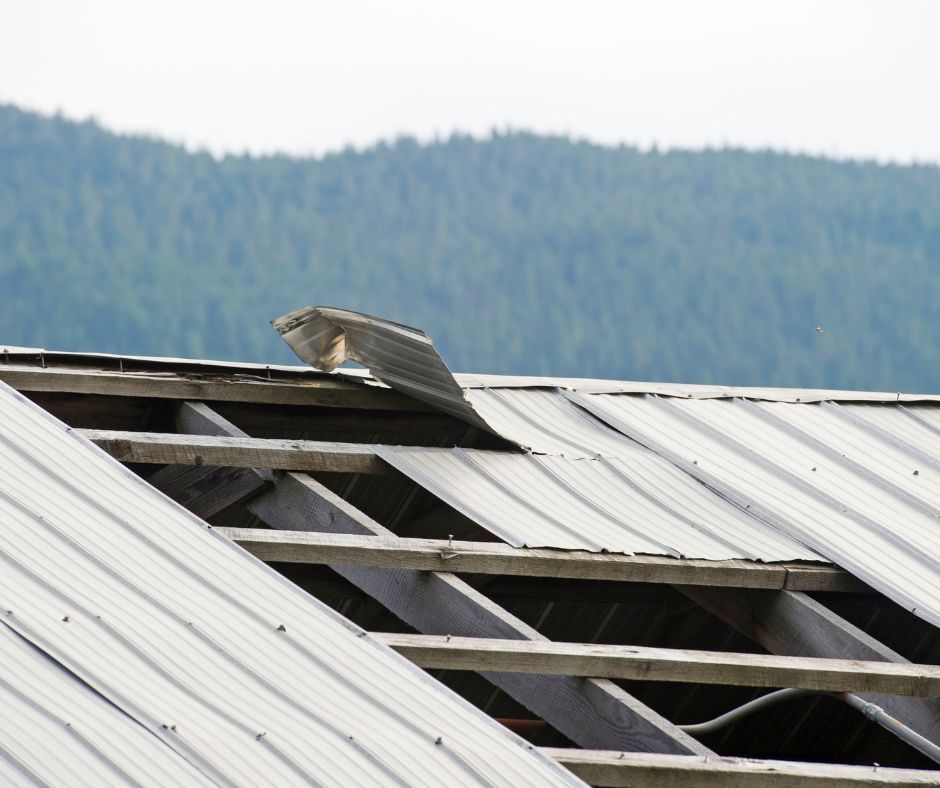
Common Roof Storm Damage
Storms can cause serious damage to your roof, sometimes in ways that aren’t immediately visible.
Missing or Loose Roof Tiles
Strong winds and hail can crack or completely dislodge roof tiles. Exposed areas allow water to seep in, leading to mould and rot.
Damage to Flashing and Seals
Storms can loosen or crack flashing around chimneys, vents and skylights. When seals are damaged, water seeps in, leading to leaks.
Clogged or Damaged Gutters and Downpipes
Leaves, branches and debris can block your drainage system, stopping water from flowing properly. Blocked gutters cause overflow, which can damage both your roof and your home’s interior.
Sagging or Bowing Roof Sections
Heavy rainfall and wind pressure can weaken your roof’s structure. If sections of your roof start sagging or bowing, that’s a sign of serious storm damage to your roof. If ignored, this can lead to a full roof collapse.
Roof Insulation & Ceiling Damage
Water intrusion from a damaged roof can soak your insulation. Wet insulation loses its effectiveness, making your home less energy-efficient. It also encourages mould growth.
Storm Debris on the Roof
Strong winds can throw branches, leaves and other debris onto your roof. This extra weight can weaken the structure over time. If debris isn’t cleared, trapped moisture can cause more damage.
House Might Flood or Sustain Water Damage
If a storm severely damages your roof, major leaks can lead to flooding inside your home. Water can seep into ceilings, walls and floors, and prolonged moisture exposure also leads to mould and mildew problems.
Surrounding Trees Can Also Cause Damage
Overhanging trees can become a serious hazard during storms. Large branches or even entire trees can break off and crash onto your roof and cause major structural damage.
Solar Panel & Skylight Damage
Hail and strong winds can crack or displace solar panels and skylights. Checking for cracks or instability after a storm is important.
Tips to Prevent Storm Damage to Your Roof
Not all roof storm damage can be prevented, but a little preparation goes a long way in avoiding bigger problems later.
Inspect and Maintain Your Roof Regularly
Routine inspections and roof maintenance help catch small issues like cracked tiles or loose sheets before they turn into major problems.
Clean Gutters and Downpipes
Blocked gutters stop water from draining properly, leading to overflows and water damage. Clearing out leaves, twigs and debris helps rainwater flow freely away from your home.
Trim Overhanging Trees
Branches hanging over your roof are an accident waiting to happen. Regular trimming reduces the risk of impact damage.
Secure Loose Roofing Materials
Loose tiles or sheets are easy targets for strong winds. Checking and securing them before storm season can keep your roof intact.
Check and Reinforce Roof Fastenings
Screws, bolts and anchors can loosen over time, making your roof more vulnerable. Making sure they’re tight and secure adds extra resistance against extreme weather and roof damage from storms.
Install Roof Straps and Bracing
Extra roof straps hold sections in place, preventing them from lifting during storms. Bracing strengthens the structure which makes it more resilient against wind and rain.
Waterproof Your Roof and Ceiling
Applying a protective sealant can help prevent leaks. Regularly checking and fixing weak spots makes sure water stays out of your home.
Check & Secure Solar Panels and Skylights
High winds and hail can shift or crack panels and skylights. Make sure that they’re properly fastened to reduce movement during storms, then always check them after bad weather.
Prepare Emergency Roof Covers
Having tarps or temporary covers on hand can be a lifesaver if your roof takes damage. Covering exposed areas quickly prevents water from seeping in while you arrange repairs.
Review Home Insurance and Emergency Contacts
Knowing your insurance coverage can make post-storm recovery much smoother. Also, keeping a trusted roofer’s contact details handy makes sure you can get repairs quickly.
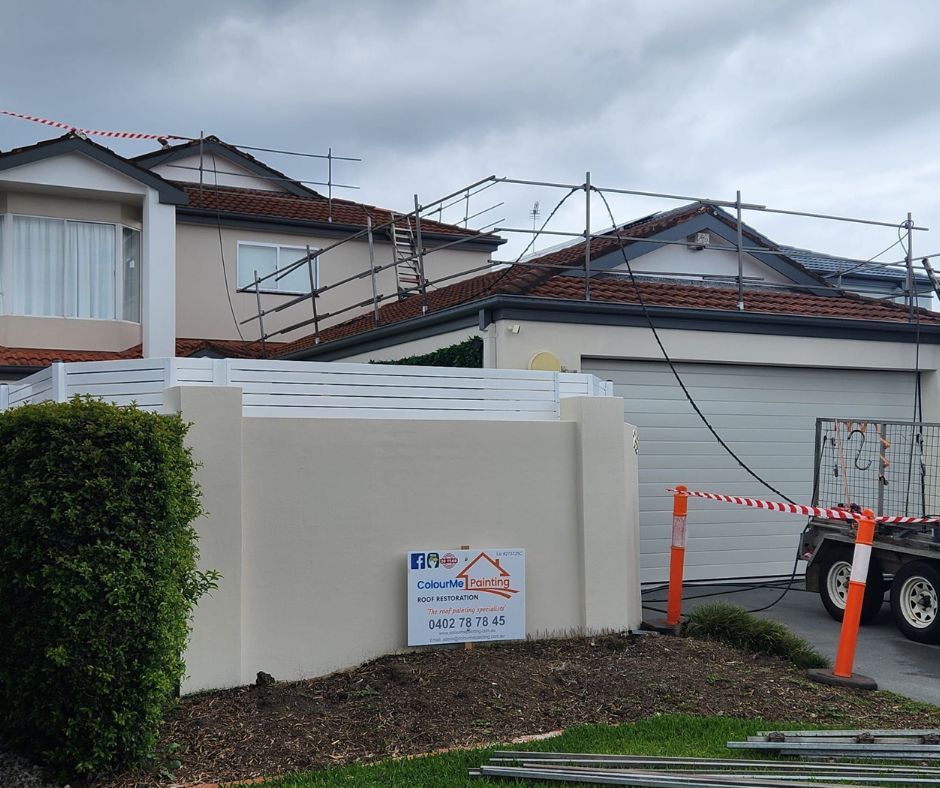
For Professional Roof Inspections and Restoration After a Storm, Call ColourMe Painting Roof Restoration!
Roof damage from storms can get worse if left untreated. Whether your roof needs an inspection, emergency patch-ups or a full restoration, ColourMe Painting Roof Restoration is here to help!
Our experienced team specialises in roof repairs and restoration in Coffs Harbour and Port Macquarie, offering reliable service when you need it most. Don’t wait for minor damage to turn into a major problem. Reach out and let us bring your roof back to its best!
Let’s talk about your project
Fill out the form, or call us to arrange a free roof assessment and written quote

